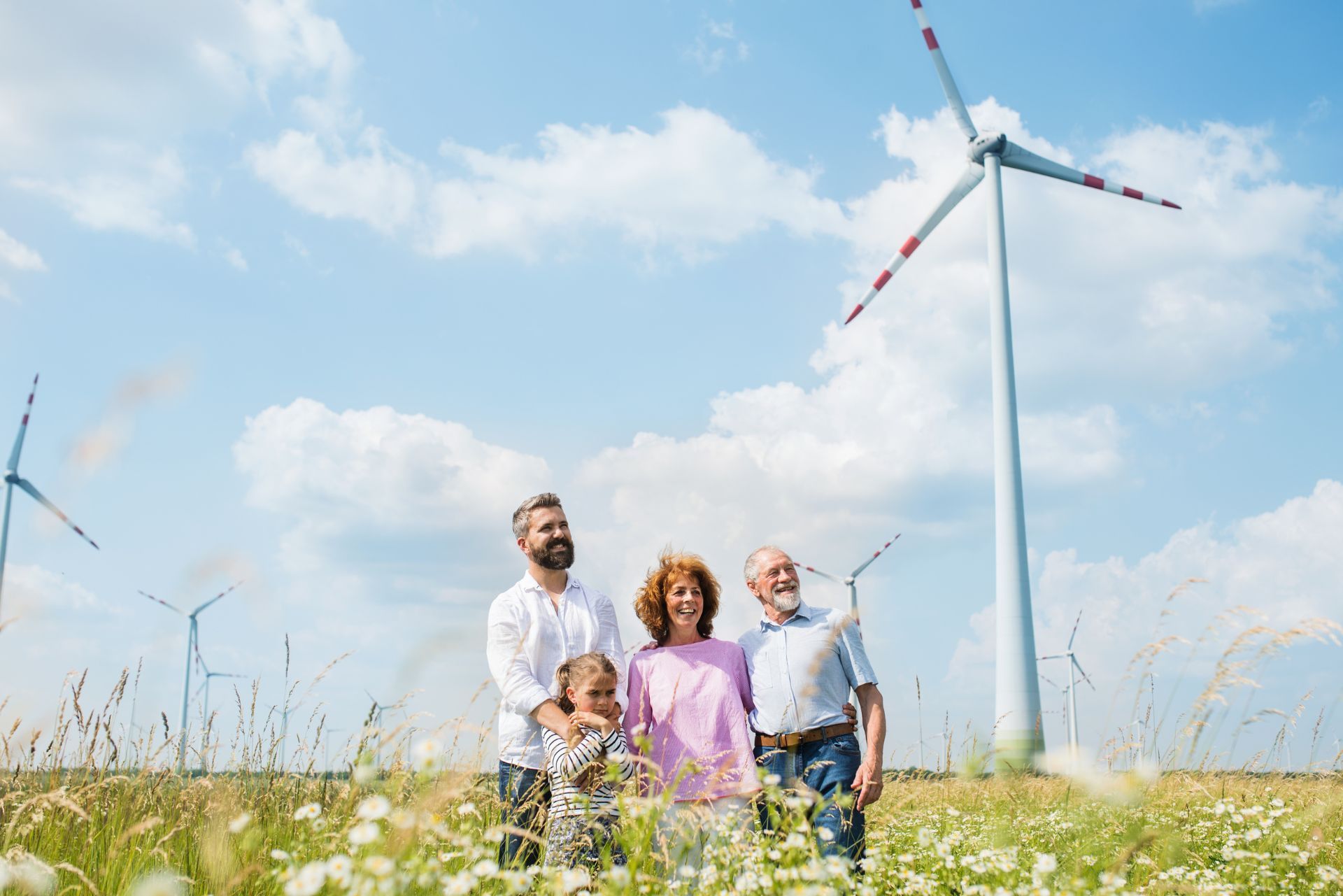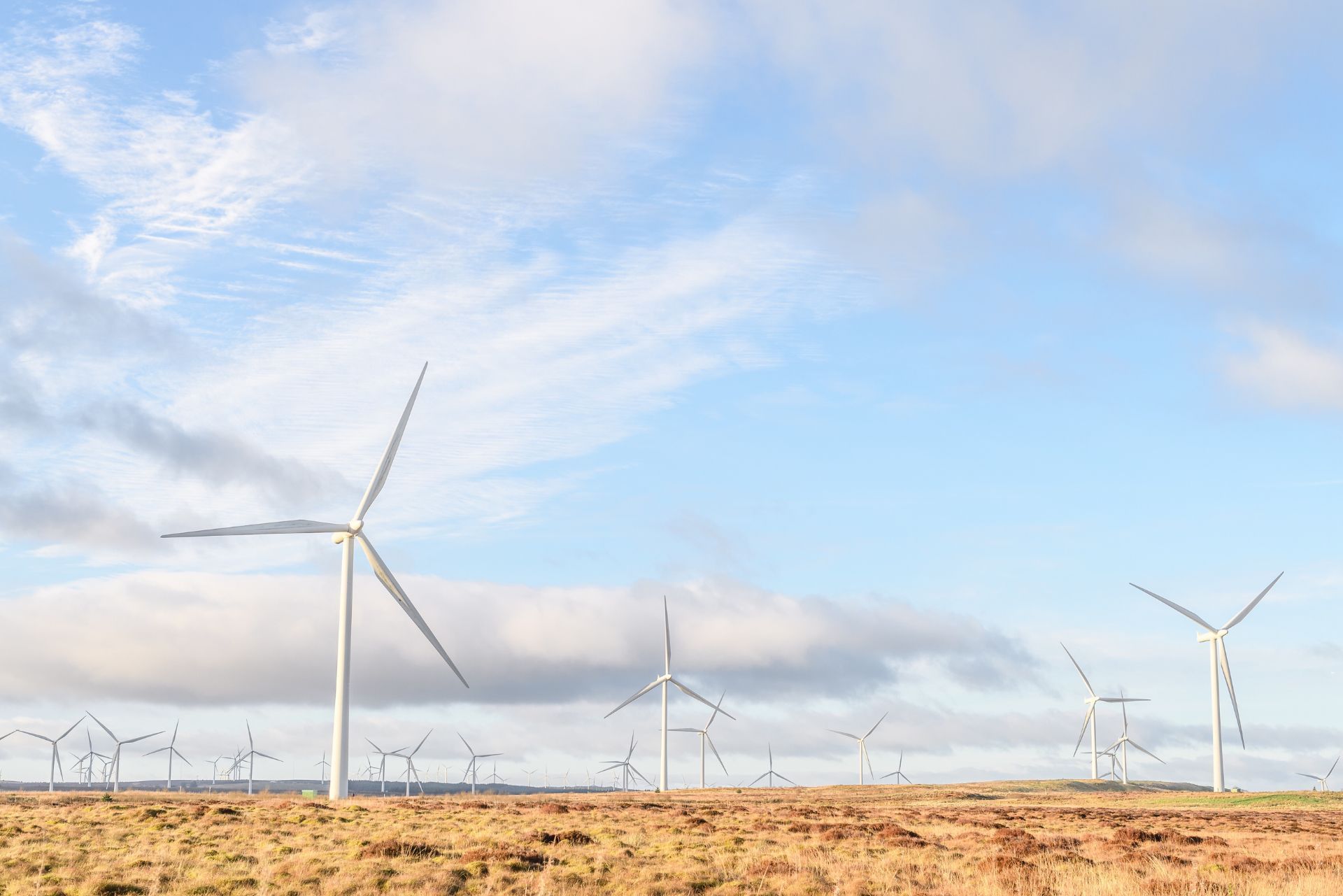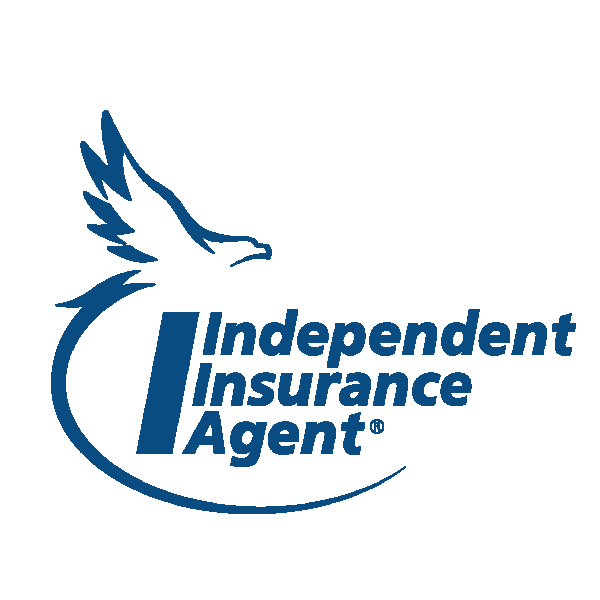Wind Farm Insurance
8:30am - 5:00pm Mon-Fri
Will Reply in 15min*
Top 3 Recommended Policies
Index
Factors Influencing Wind Farm Insurance Costs
Choosing the Right Insurance Provider
Common Exclusions in Wind Farm Insurance Policies
Best Practices for Managing Wind Farm Risks
As the world increasingly turns to renewable energy sources, wind farms have become a vital part of the energy landscape. However, like any large-scale operation, wind farms come with their own set of risks and challenges. Understanding wind farm insurance is crucial for operators and investors alike. This article delves into the various aspects of wind farm insurance, providing a comprehensive guide to what you need to know.
What is Wind Farm Insurance?
Wind farm insurance is a specialized type of coverage designed to protect wind energy facilities from various risks. This insurance typically covers property damage, liability, and business interruption, among other aspects. Given the unique nature of wind farms, standard insurance policies may not provide adequate protection, making tailored coverage essential.
Types of Coverage
Wind farm insurance encompasses several types of coverage, each addressing specific risks associated with the operation of wind farms. The primary types include:
- Property Insurance: This covers physical assets, including turbines, generators, and other equipment, against damage from events like storms, fire, or vandalism.
- Liability Insurance: This protects against claims made by third parties for injuries or damages resulting from the operation of the wind farm.
- Business Interruption Insurance: This provides coverage for lost income due to unforeseen events that disrupt operations.
Importance of Specialized Coverage
Wind farms face unique risks that differ from conventional energy operations. For instance, the exposure to extreme weather conditions can lead to significant damage to turbines. Additionally, the complex technology involved in wind energy generation requires specialized knowledge to accurately assess risk and determine appropriate coverage. Therefore, working with insurers who understand the intricacies of wind energy is crucial.
Moreover, the geographical location of wind farms often plays a significant role in the type of coverage needed. For example, facilities situated in coastal areas may be more susceptible to hurricanes and saltwater corrosion, necessitating additional protections. Similarly, wind farms located in remote regions may face challenges related to accessibility, which can complicate maintenance and repair efforts. As such, having a comprehensive insurance policy that accounts for these variables is vital for ensuring the long-term viability of wind energy projects.
Another critical aspect of wind farm insurance is the inclusion of coverage for emerging risks, such as cyber threats. As wind farms increasingly rely on digital technology and smart systems for monitoring and management, they become more vulnerable to cyberattacks that could disrupt operations or compromise sensitive data. Insurers are beginning to offer policies that address these modern challenges, reflecting the evolving landscape of risks in the renewable energy sector. This proactive approach not only safeguards the physical assets but also ensures that the operational integrity of wind farms is maintained in an increasingly interconnected world.

Key Risks Faced by Wind Farms
Understanding the risks associated with wind farms is essential for determining the right insurance coverage. Some of the most significant risks include:
Natural Disasters
Wind farms are often located in areas prone to extreme weather, including hurricanes, tornadoes, and heavy snowfall. These natural disasters can cause extensive damage to turbines and other infrastructure, leading to costly repairs and downtime. Additionally, the geographical location of a wind farm can expose it to unique environmental challenges, such as flooding or landslides, which may not be immediately apparent during the planning phase. As climate change continues to influence weather patterns, the frequency and intensity of these natural disasters are likely to increase, further complicating risk assessments for existing and future wind farm projects.
Operational Risks
Operational risks encompass a range of issues, from equipment failure to human error. Turbines are complex machines that require regular maintenance and monitoring. Any malfunction can lead to significant financial losses, making operational risk management a priority for wind farm operators. Moreover, the reliance on skilled personnel for maintenance and operation introduces another layer of risk; a shortage of qualified technicians can lead to delays in repairs and increased downtime. Implementing advanced monitoring technologies, such as predictive maintenance systems, can help mitigate these risks by identifying potential issues before they escalate into costly failures.
Regulatory Risks
The renewable energy sector is subject to a variety of regulations that can change over time. Compliance with local, state, and federal regulations is crucial for the successful operation of a wind farm. Failure to comply can result in fines, legal issues, and even shutdowns, highlighting the importance of understanding regulatory risks. Additionally, as governments around the world strive to meet climate targets, new policies and incentives may emerge, creating both opportunities and challenges for wind farm operators. Staying informed about these regulatory shifts is essential for strategic planning and can significantly impact the financial viability of wind projects. Engaging with policymakers and industry groups can also provide valuable insights into upcoming changes that may affect operations.
Factors Influencing Wind Farm Insurance Costs
The cost of wind farm insurance can vary significantly based on several factors. Understanding these factors can help operators make informed decisions when selecting coverage.
Location
The geographical location of a wind farm plays a crucial role in determining insurance costs. Areas prone to severe weather or natural disasters may incur higher premiums due to the increased risk of damage. Conversely, locations with stable weather patterns may enjoy lower insurance costs. Additionally, the proximity to urban areas can also influence rates; wind farms situated near populated regions may face higher premiums due to the potential for liability claims arising from accidents or operational disruptions.
Size and Scale of the Operation
The size of the wind farm, including the number of turbines and their capacity, also influences insurance rates. Larger operations typically have more assets to insure, which can lead to higher premiums. However, economies of scale may also provide opportunities for cost savings in certain situations. Furthermore, the operational scale can affect the complexity of risk management strategies that need to be implemented, which in turn can impact the overall insurance costs. For instance, larger farms might require more comprehensive risk assessments and tailored coverage options to address the unique challenges they face.
Technology and Equipment
The technology used in wind turbines can impact insurance costs as well. Advanced, reliable technology may reduce the likelihood of operational failures, potentially leading to lower premiums. Insurers often assess the quality and track record of the equipment when determining rates. Moreover, the integration of smart technology and predictive maintenance systems can further mitigate risks, as these innovations help in early detection of potential issues, thereby minimizing downtime and loss. The age of the equipment also plays a role; newer turbines equipped with the latest safety features may be viewed more favorably by insurers compared to older models that may have a higher risk profile.
Choosing the Right Insurance Provider
Selecting the right insurance provider is a critical step in securing adequate coverage for a wind farm. Here are some factors to consider when making this decision:
Industry Expertise
It is essential to choose an insurance provider with experience in the renewable energy sector, specifically wind energy. Providers with a deep understanding of the unique risks and challenges faced by wind farms can offer tailored solutions that better meet the needs of operators. This expertise often translates into more comprehensive coverage options, including specialized policies that address issues such as equipment failure, natural disasters, and liability associated with third-party claims. Additionally, an experienced provider may have established relationships with industry stakeholders, which can be beneficial in navigating regulatory requirements and securing necessary permits.
Claims Process
The efficiency of the claims process is another vital consideration. A provider with a streamlined and transparent claims process can significantly reduce the stress and financial impact of an incident. Operators should inquire about the provider's claims history and customer service reputation. Furthermore, it is advisable to look for testimonials or case studies that illustrate how the provider has handled past claims, particularly in situations similar to those faced by wind farms. A responsive claims team that understands the urgency of operational downtime can make a substantial difference in minimizing losses and restoring normalcy after an event.
Financial Stability
Assessing the financial stability of an insurance provider is crucial for ensuring that they can meet their obligations in the event of a claim. Operators should research the provider's credit ratings and financial performance to gauge their reliability. In addition to credit ratings, it is beneficial to examine the provider's history of premium increases and claim payouts, as these factors can indicate their long-term viability. Engaging with industry analysts or consulting reports can provide further insights into the provider's market position and competitive standing, helping operators make informed decisions about their insurance partnerships.
Customer Support
In addition to the aforementioned factors, robust customer support is a key element that should not be overlooked. A provider that offers dedicated account managers or 24/7 support can be invaluable, especially during emergencies when timely communication is critical. Operators should assess the availability of resources such as risk assessment tools, safety training programs, and proactive loss prevention strategies, which can enhance the overall value of the insurance relationship. A provider that prioritizes customer engagement and education can help operators navigate the complexities of risk management more effectively.
Policy Flexibility
Lastly, policy flexibility is an important aspect to consider. As the renewable energy sector evolves, the needs of wind farm operators may change, necessitating adjustments to their insurance coverage. A provider that offers customizable policies and the ability to adapt coverage as operations expand or new technologies are adopted can provide peace of mind. Operators should inquire about the options for adding endorsements or riders to their policies, ensuring they have the coverage necessary to protect against emerging risks in the dynamic landscape of renewable energy.

Common Exclusions in Wind Farm Insurance Policies
While wind farm insurance provides essential coverage, it is important to be aware of common exclusions that may affect claims. Understanding these exclusions can help operators avoid unexpected financial burdens.
Wear and Tear
Most insurance policies do not cover damage resulting from normal wear and tear. Operators should budget for routine maintenance and repairs, as these costs will not be covered by insurance. Regular inspections and proactive maintenance schedules are crucial for ensuring the longevity of wind turbines. By investing in preventative measures, operators can mitigate the risks associated with aging equipment and potentially reduce the frequency of costly repairs.
Intentional Damage
Any damage caused intentionally or through reckless behavior is typically excluded from coverage. This includes vandalism or sabotage, which may require separate policies or endorsements for adequate protection. Operators should consider implementing security measures such as surveillance cameras and fencing to deter malicious activities. Additionally, fostering good relationships with the local community can help in creating a supportive environment that discourages vandalism and promotes safety around the wind farm.
Environmental Risks
Some policies may exclude certain environmental risks, such as pollution or contamination. Operators should carefully review their policies to ensure they have adequate coverage for these potential issues. In addition to standard pollution liability, it may be beneficial to explore specialized environmental insurance that addresses unique risks associated with wind energy operations. This could include coverage for accidental spills or emissions that may arise during the maintenance of turbines or the management of hazardous materials. Understanding the nuances of environmental regulations and compliance can also help operators navigate potential liabilities and safeguard their investments.
Best Practices for Managing Wind Farm Risks
Effective risk management is essential for minimizing potential losses and ensuring the long-term viability of a wind farm. Here are some best practices to consider:
Regular Maintenance and Inspections
Implementing a robust maintenance program can help identify and address potential issues before they escalate into costly problems. Regular inspections of turbines and equipment can ensure that everything is functioning optimally and reduce the risk of operational failures. This includes not only visual inspections but also the use of advanced diagnostic tools and technologies such as drones and thermal imaging. These technologies can detect issues that may not be visible to the naked eye, allowing for proactive maintenance and reducing downtime.
Employee Training
Investing in employee training can significantly reduce operational risks. Ensuring that staff members are well-versed in safety protocols and equipment operation can help prevent accidents and enhance overall efficiency. Additionally, ongoing training programs that incorporate the latest industry standards and technological advancements can keep employees informed about best practices and emerging risks. This continuous education fosters a culture of safety and accountability, empowering employees to take ownership of their roles in maintaining a safe working environment.
Emergency Preparedness Plans
Developing and regularly updating emergency preparedness plans can help mitigate the impact of natural disasters or other unforeseen events. These plans should outline procedures for evacuation, equipment shutdown, and communication with emergency services. Furthermore, conducting regular drills and simulations can ensure that all team members are familiar with their roles during an emergency. Engaging local authorities and emergency responders in these drills can enhance coordination and improve response times in real situations, ultimately safeguarding both personnel and equipment.
Data Monitoring and Analysis
Implementing a comprehensive data monitoring system is crucial for identifying trends and potential risks associated with wind farm operations. By collecting and analyzing data on turbine performance, weather conditions, and maintenance activities, operators can make informed decisions that enhance efficiency and reduce risks. Advanced analytics can also provide predictive insights, allowing for timely interventions before minor issues develop into significant failures. The integration of Internet of Things (IoT) devices can further enhance data collection, providing real-time information that supports proactive management strategies.
Stakeholder Engagement
Engaging with stakeholders, including local communities, regulatory bodies, and investors, is vital for effective risk management. Transparent communication fosters trust and collaboration, which can be invaluable during challenging situations. Regular updates on operational practices, safety measures, and environmental impacts can help address concerns and build a positive reputation. Additionally, involving stakeholders in decision-making processes can lead to innovative solutions that enhance risk management strategies, ensuring that diverse perspectives are considered and integrated into operational practices.
The Future of Wind Farm Insurance
As the renewable energy sector continues to grow, the landscape of wind farm insurance is also evolving. Several trends are shaping the future of coverage in this industry.
Technological Advancements
Advancements in technology are leading to more efficient and reliable wind energy systems. Insurers are beginning to leverage data analytics and predictive modeling to better assess risks and tailor policies to the specific needs of wind farm operators.
Increased Focus on Sustainability
With a growing emphasis on sustainability, insurance providers are increasingly considering the environmental impact of their policies. This shift may lead to more innovative coverage options that align with the goals of renewable energy initiatives.
Regulatory Changes
As governments continue to implement policies aimed at promoting renewable energy, regulatory changes may impact insurance requirements. Staying informed about these changes is crucial for operators to ensure compliance and maintain adequate coverage.
Conclusion
Wind farm insurance is a critical component of operating a successful renewable energy facility. By understanding the various types of coverage, key risks, and best practices for risk management, operators can make informed decisions that protect their investments and ensure the long-term viability of their wind farms. As the industry continues to evolve, staying abreast of trends and changes will be essential for navigating the complexities of wind farm insurance.
In summary, the journey towards sustainable energy is fraught with challenges, but with the right insurance coverage and risk management strategies in place, wind farm operators can confidently contribute to a greener future.
Request a Quote
Speak with a Wind Farm Insurance specialist today!
Get started today!
If you are preparing to start a valet service at your business, be sure to consider safety issues, legal requirements, and additional coverage options so that you can find the best possible coverage for your budget and needs.
Prefer to speak with an agent now?






